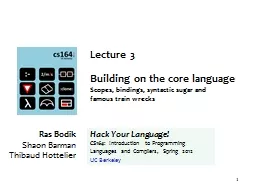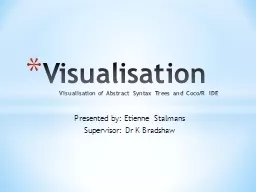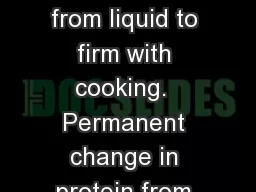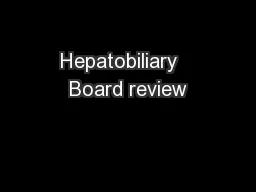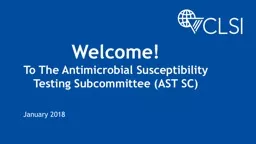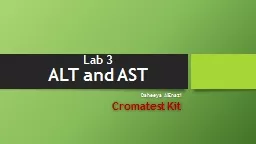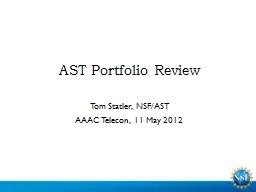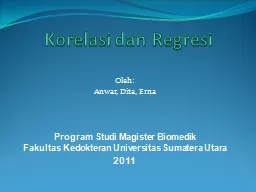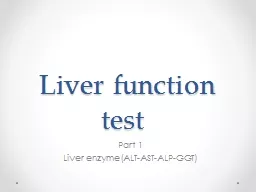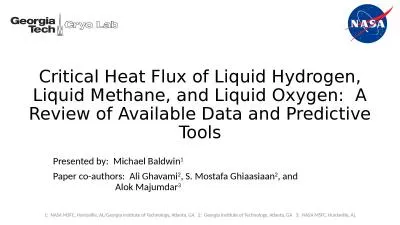PDF-Liquid AST SGOT
Author : angelina | Published Date : 2022-08-16
Reagent Set Intended Use For the quantitative determination of Aspartate Aminotransferase AST in human serum Clinical Significance AST is widely distributed in tissues
Presentation Embed Code
Download Presentation
Download Presentation The PPT/PDF document "Liquid AST SGOT" is the property of its rightful owner. Permission is granted to download and print the materials on this website for personal, non-commercial use only, and to display it on your personal computer provided you do not modify the materials and that you retain all copyright notices contained in the materials. By downloading content from our website, you accept the terms of this agreement.
Liquid AST SGOT: Transcript
Download Rules Of Document
"Liquid AST SGOT"The content belongs to its owner. You may download and print it for personal use, without modification, and keep all copyright notices. By downloading, you agree to these terms.
Related Documents


